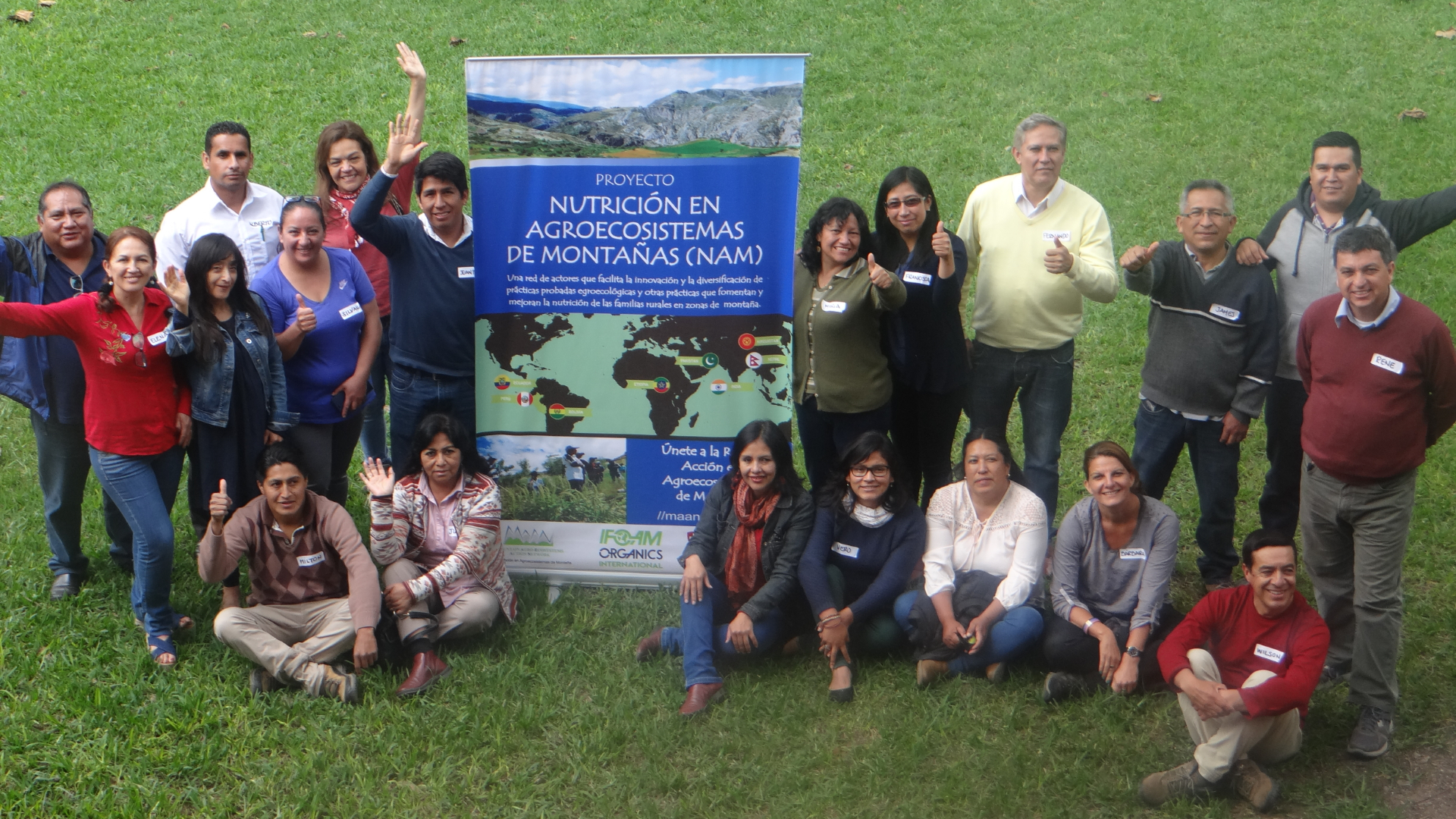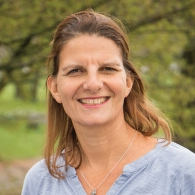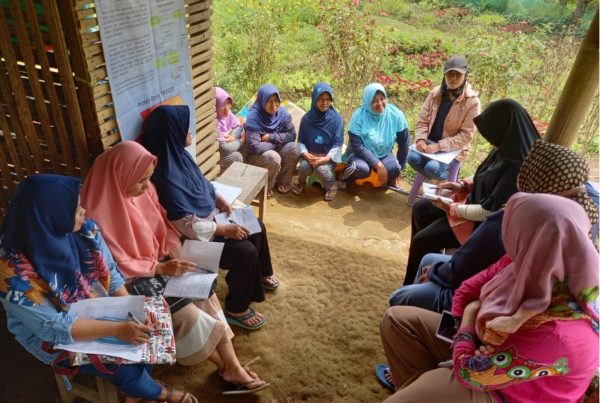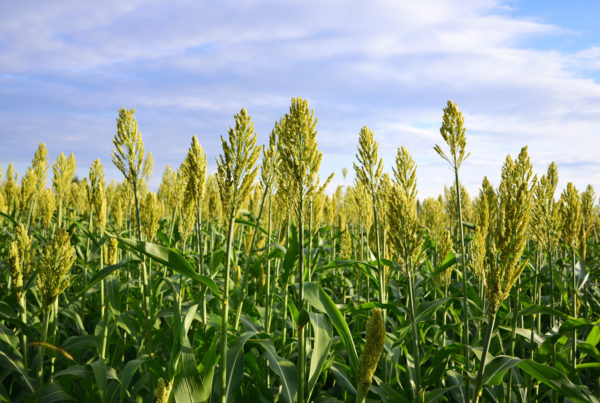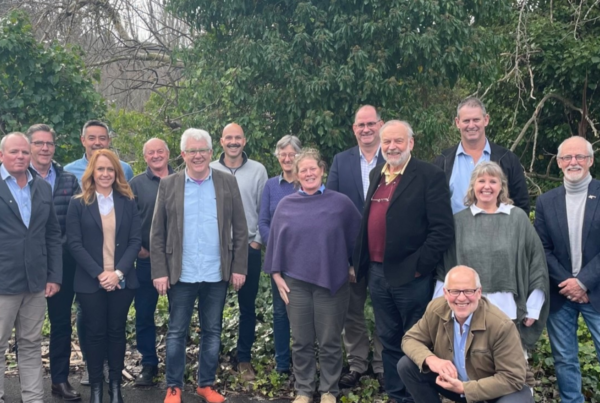In spring 2018, the Nutrition in Mountain Agro-Ecosystems (NMA) Project was greenlighted for its second phase by the Swiss Agency for Development and Cooperation (SDC). Keep reading to learn how NMA Phase II builds on the successes of Phase I – to strengthen food and nutrition security in four new countries and five additional world regions.
Remind me again – what is the NMA Project?
The Nutrition in Mountain Agro-ecosystems Project is a Swiss-funded multi-phase, international project that seeks to improve nutrition-sensitive agriculture in rural mountainous communities of low- and middle-income countries, where citizens are often vulnerable to food and nutrition insecurity.
To read more about NMA, visit “How Can Nutrition-Sensitive Agriculture Improve Food and Nutrition Security?”
Great, thanks – how did NMA Phase I do?
NMA Phase I established a network of 2,000 highly engaged and committed Rural Service Providers (RSPs) representing multiple sectors of civil society. As part of the project, RSPs participated in a capacity building course focused on nutrition-sensitive agriculture, micro-project development, leadership, advocacy, and personal development. To facilitate knowledge exchange, RSPs became members of the digital platform MAAN, Mountain Agro-Ecosystem Action Network.
Each RSP was then tasked with implementing a micro-intervention in their community to improve the diversity of families’ diets, focusing on women in particular. RSPs were encouraged to design projects (i.e., micro-interventions) with practical and low-cost solutions that addressed the most pressing problems in their communities. Minimally funded, yet a few secured external funding, these micro-interventions succeeded first and foremost through the enthusiasm and motivation instilled in them by RSPs. Effects of these micro-interventions were measured using the Women Diet Diversity Score (WDDS [1]). Results were very positive, indicating that the micro-interventions had led to the addition of one whole new food group in diets of all five countries.
© Women Dietary Diversity Score (WDDS)
Fantastic news – so what can I expect from Phase II?
NMA Phase II focuses on replicating and scaling up interventions and knowledge of Nutrition-Sensitive Agriculture in mountainous areas. The second phase expands project activities into a total of nine countries – up from five – and shifts the project work’s scope from that of a national perspective to one of a transboundary, regional nature. New countries and regions covered include the Himalayas (India), the Hindukush (Tajikistan), the Tian Shan, the Andes (Ecuador and Bolivia) and the East African Highlands [2]. Three key questions guided the development of NMA Phase II:
- How do we efficiently replicate and scale up knowledge and practical solutions?
- Which scale is necessary to create positive change for malnourished families in remote, mountainous communities impacted by extreme/harsh conditions?
- What impact do we seek to achieve?
My pen and paper are ready – give me the answers, please!
Addressing the first question, we have chosen to implement the concept of Training Teams of Trainers (ToToT) to all regions included in NMA Phase II. These teams have been tasked with conducting capacity building courses using the NMA approach (e.g., develop and implement micro-interventions). These courses should be integrated into existing training curricula or incorporated into new trainings. All teams are affiliated with institutions that handle training and capacity building as part of their institutional mandate.
ToToT, catchy acronym – are they taking off?
Yes! Our first ToToT was held last October in Pachamarc, Peru, about an hour outside of Lima. At this first, inaugural ToToT, Peruvian, Ecuadorian, and Bolivian trainers came together to learn about several topics, from nutrition-sensitive agriculture, food quality, and agroecology to new methodologies and facilitation approaches. While attending their ToToT, the new trainer teams discussed potential future micro-interventions that utilized and built off of experiences learned in NMA Phase I. To support these new teams, NMA project partners appointed a team of well-established trainers to guide and support the sessions, which included assisting with crafting region-specific capacity building programs. Our qualified trainers consisted of Patricia Flores, Barbara Zilly, Rene Piemonte and Luiz Ravello.
Well done – any concluding thoughts before I go?
Implementing SUNSAIs (Scaling up nutrition-sensitive agriculture interventions) is the crucial component to successfully increasing nutrition-sensitive interventions. SUNSAIs build on experiences extracted from micro-interventions with a longer duration (e.g., two years) and wider reach (e.g., 500 to 1,000 producers / 5,000 to 10,000 consumers).
Traditional food of the Andean region in Peru.
The success of the NMA Project can be attributed to its people-centered approach, which supports the belief that a single individual can make a real difference. We consider each NMA Rural Service Provider to be both an agent of change and a leader in their community – who are able to use their skills and capabilities for good.
The NMA Project is most impactful when it succeeds in connecting these locally implemented, practical solutions (e.g., micro-interventions) with national- and global-level conversations. The messages we convey are crafted from lessons gleaned from NMA micro-interventions. These stories are now being used to lobby and advocate for the integration of nutrition-sensitive agriculture in the discourses, programs, and policies of governmental and intergovernmental bodies.
Footnotes
[1] WDDS = Women Diet Diversity Score: an FAO monitoring tool to measure the consumption of food groups. According to WDDS, the minimum threshold for a diverse diet starts at five food groups.
[2] The following nine countries are currently part of the NMA Project: Nepal, India, Pakistan, Kyrgyzstan, Tajikistan, Ethiopia, Peru, Ecuador, and Bolivia. Please note, activities in the East African Highlands are currently tentative.


